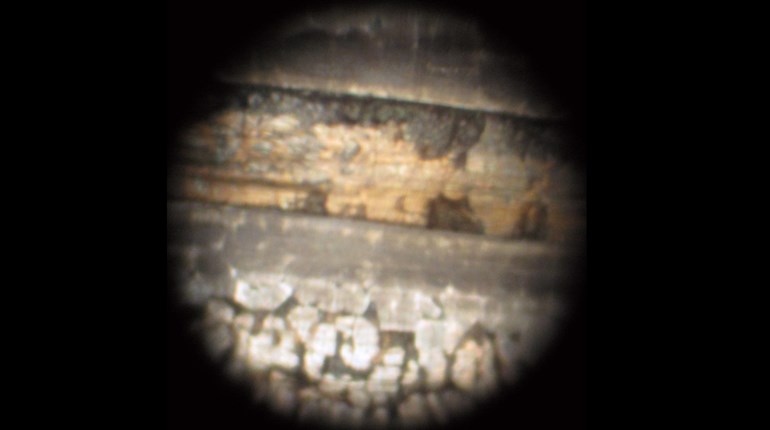
A rimfire conversion kit such as the U.S. military-surplus model shown above is a budget-conscious means of refining one’s vital marksmanship skills.
My uncle was a Vietnam-era Air Force and Air National Guard Combat Arms and Security Forces member prior to his retirement from military service several years ago. Every so often, he passes along to me some of his shooting paraphernalia he accumulated over his many years of service.
Recently, he gave me a box labeled Conversion Kit (caliber .22 Rim Fire Adapter) M-261 for Rifle 5.56 NATO, M16 and M16A1 1005-01-038-5566. In the box was an insert replacing the bolt-carrier group of a M16 rifle and several heavy white-plastic magazines. When I questioned him about the specifics of accuracy and reliability for the kit, he was not a lot of help, saying that his group never really had much use for them.
Is it possible to use this kit in a semi-automatic AR-15 of recent manufacture? What kind of accuracy should I expect? Is one type or brand of ammunition more suited for this conversion kit than another? I have been told that reliability for these kits is not a strength and that they jam a lot. Is there any way to help with reliability?
Aaron Brown, Chipley, FL
What you have is a kit that was intended to be used for marksmanship training and as an alternate means of qualification for Air National Guard and Air Force Reserve personnel that lacked a training facility to accommodate standard, centerfire-FMJ ammo. Some active-duty units used these kits as an alternative to traditional live-fire training for similar reasons.
Oddly enough, the Army Reserve and Army National Guard had similar, but not identical, kits to augment their rifle training as well. Their major differences were in the mags in that the Army kits consisted of inserts for the standard M16 magazines and the Air Force versions were stand-alone units made of a heavy-duty white plastic. Unfortunately, there is no cross compatibility of either kit’s parts from one to the other.
These kits will function in most AR-15 platforms. But, they do function better when used with lower receivers with the older, rounded hammers like the original design.
Accuracy with these kits is largely dependent on the ammunition in use and the barrel of the rifle being shot. These kits were designed to be used with military-issue, “white box” standard-velocity ammo, which was sufficient to hit the designated targets at the 50-foot practice and qualification distances. Using match-grade or commercial .22 LR ammunition in these kits sometimes improves downrange performance, but not always. The quality and twist rate of the barrel seems to have the greatest affect on accuracy. Be mindful that unjacketed .22 LR ammo is best suited for accuracy in 1:16-inch-twist barrels and that service-grade barrels can range from a 1:12-inch-twist in the original M16 and M16A1 to a faster 1:7-inch-twist in the M4 currently in service. Also, consider the interior of service-grade barrels can be rough, comparatively speaking, and still meet the standards to which they are held.
Original service-grade, 1:12-inch-twist barrels have an edge in accuracy over the service-grade, 1:7-inch-twist barrels. I must add that, in my own testing with a known lot of .22 LR military-issue Rifle Match ammo in a 1:8-inch-twist match barrel—known for sub-MOA accuracy—10-shot groups were less than half the size by the service-grade barrels.
Reliability is where, again, ammunition comes into the picture. Wax-lubricated lead bullets, along with powder fouling, can form a buildup within the moving parts of the kit and barrel, affecting reliability and accuracy. One way to prolong the function of the kit is to switch to high-velocity ammunition with copper plated bullets such as the well known CCI Mini-Mag or an equivalent. A colleague of mine says, “if a Mini-Mag won’t function in a gun, the only thing left to do is clean it.”
In the vast majority of cases I witnessed where the .22 LR kits were failing, they had been shot hundreds of times without cleaning. In almost every case, cleaning the kit and barrel restored the kit to like-new operation. When stoppages were persistent, changing the magazine fixed the problem.
Clean and lube the kit at 100-round intervals and service the bore simultaneously. This will prevent build up in the barrel, chamber and gas port as well as ensure the smooth operation of the M-261 conversion kit for thousands of rounds to come.
Correspondence is welcomed and encouraged
Write to: Shooting Illustrated | NRA
11250 Waples Mill Road,
Fairfax, VA 22030-9400
e-mail: [email protected]



































